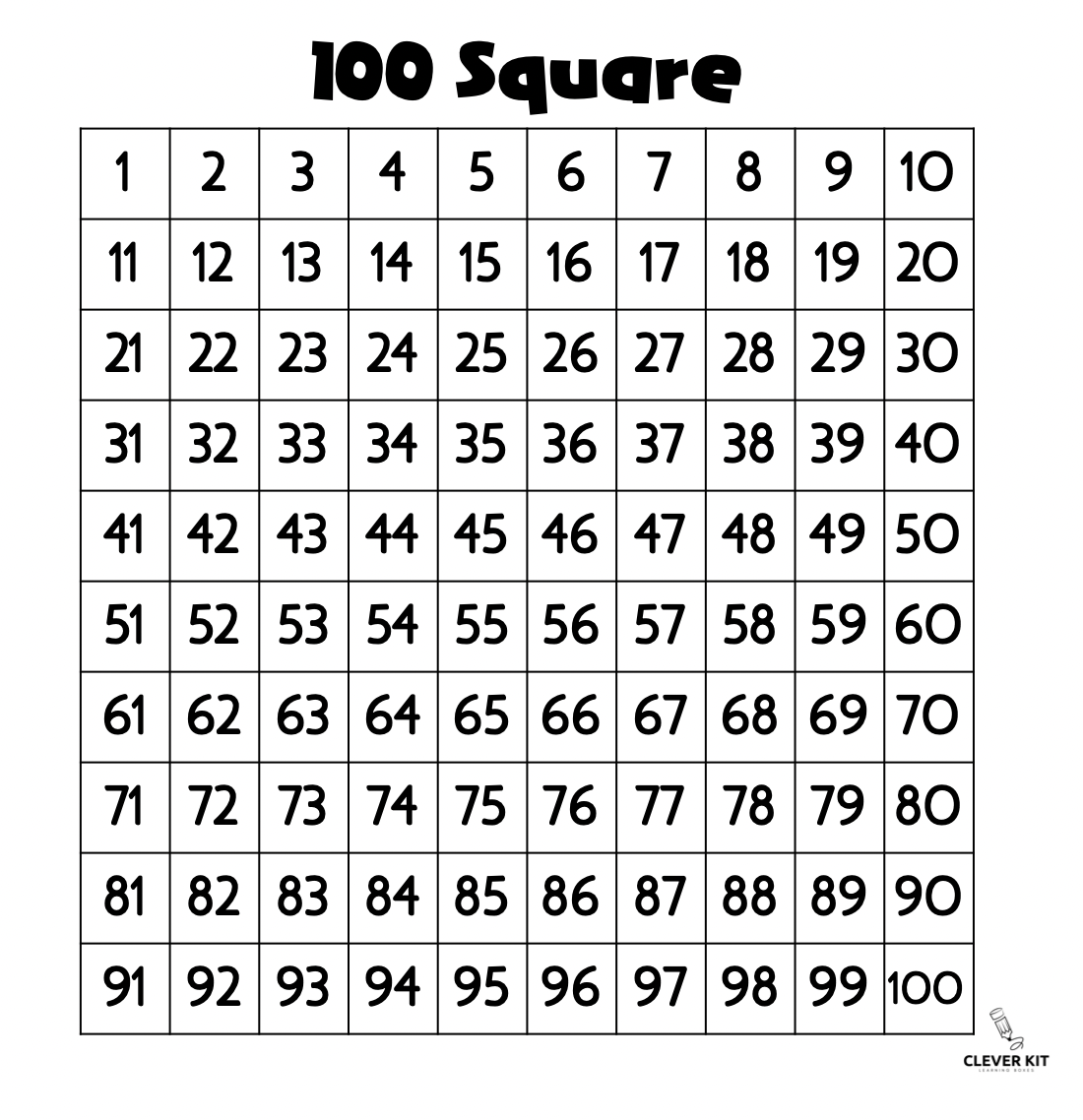
Welcome to your Numeracy Toolkit
Here are some ideas on how to use your Toolkit.
Place Value Chart
Having a good understanding of the value of numbers is an essential foundation to all other numeracy. Use your place value chart to build numbers.
Choose 4 different digits. What is the largest number you can make? What is the smallest number you can make? How many different numbers can you make? Can you put them in order from largest to smallest?
Make a number. What number is before/ after? What number is 10/100/1000 more/less? What patterns do you noticed when you add or subtract 10/100/1000?
With a friend, roll a dice. Choose a column to write that digit in. Continue taking turns until all columns are filled. The player with the largest number wins.
Place Value Chart (KS2)
The suggestions above can also be used with the KS2 Place Value Chart.
Explore multiplying by 10/100/1000. Talk about how the digits all move one place to the left as they get 10/100/1000 times bigger. Avoid using language like, “just add a zero” or “the decimal point moves”. The key concept here, is that the digits are getting 10/100/1000 bigger.
Times Tables
The KS1 Toolkit features lists of times tables and division facts. The KS2 Toolkit has this in the form of a multiplication square.
Committing times tables to memory is an essential skill which will stand by your child in many aspects of numeracy.
Games are the best way of memorising times tables.
Buzz - In pairs or in a group, go around in a circle, counting. Choose a set of times tables that you want to work on. When you get to a multiple of this number, say “Buzz”. eg. multiples of 3, “1, 2, buzz, 4, 5, buzz, 7, 8 buzz…”
Two Hands - This is similar to rock, paper, scissors. In pairs, shout, “Go!” Both players hold up a number on their fingers. Multiply the two numbers together. The first player to shout the answer wins.
100 Square
This is possibly one of the most versatile numeracy resources. It can be used for simple addition and subtraction calculations.
Using a whiteboard marker, colour in all of the multiples of a number. Look for patterns. eg. in the 2, 4, 6, 8 and 10 times tables the multiples are all even. In the 3, 5, 7 and 9 times tables, the multiples follow a pattern of odd, even, odd, even… The 5 times tables all have 5 or 0 units. The 10 times tables all have 0 units.
Add and subtract 10. Look for the patterns eg. the tens change, but the units do not. You can add and subtract multiples of 10 by counting down/up the columns rather than counting every box.





